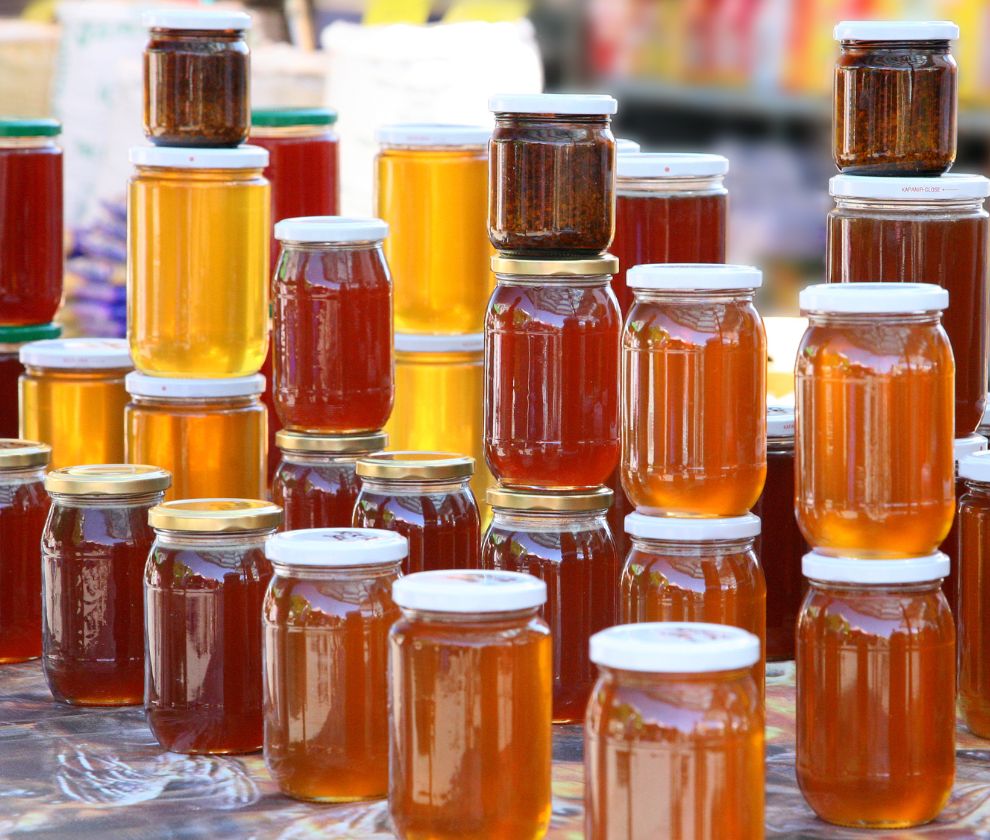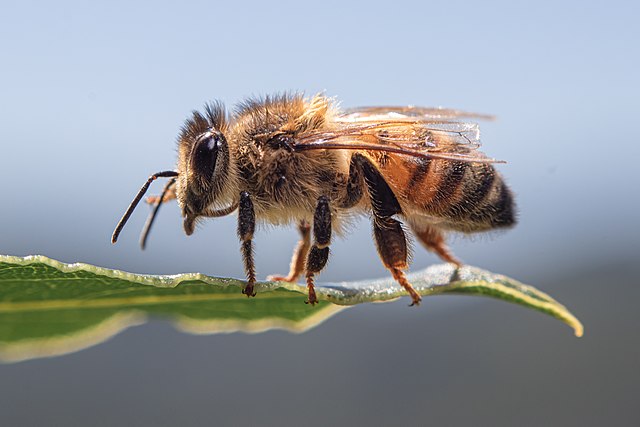
Classes & Events

Beekeeping Classes & Events
- Introductory and intermediate classes
- School Programs - demonstration hive
- National Honey Bee Day, Ag and Garden Expos
Know Your Honey

Honey is More Than Delicious
Honey - local honey - raw honey - pure honey - organic honey - imported honey - monofloral honey - wildflower honey - crystallized honey - creamed honey
Bee or Wasp?

Some Common Types
- Is it a bee or a wasp?
- Bees are pollen eaters and wasps are meat eaters
- Wasp: skinny body with narrow waist, generally hairless with spindly barbed legs
- Bee: thick and hairy body, pollen collecting hair on stouter legs
- Most of the more than 250 species of bumblebees form small colonies with a single queen. Many species nest underground, while others nest in thick grass or tree holes. Bumblebees have contrasting color bands, are medium to large bees and covered in dense hair.
- Most of the more than 500 species of carpenter bees are solitary, but several nests are often near each other. They nest in dead wood or plant stems. Most carpenter bees are all black and have a shiny abdomen.
- Mason bees are solitary bees that often make their nests out of mud in narrow gaps. Most are metallic green or blue, and sometimes blackish. They are more efficient pollinators than honey bees and some are managed for crop pollination.
Honey Bees

Honey Bees Are Unique
There are about 20,000 species of bees in the world and only 8 of these are classified as honey bees. The European or western honey bee (Apis mellifera) and the Asian or eastern honey bee (Apis cerana) are the only two that are domesticated for honey production and crop pollination. Indigenous people gathered honey from all native honey bee species.
- Honey bees are the only insect that produces food for human consumption
- Honey bees are known for their large perennial colonies built from wax and their surplus production of honey
- Honey bees create a very uniform hexagonal comb structure for brood rearing and food stores
- Honey bees are highly social insects with complex communications between bees using touch, vibrations, pheromones, sharing food and dances
- Honey bees don't hibernate or overwinter as eggs/larvae/pupae and the queen must survive. The hive remains active as a cluster to keep the queen warm, which requires a large food store to sustain them through the winter.